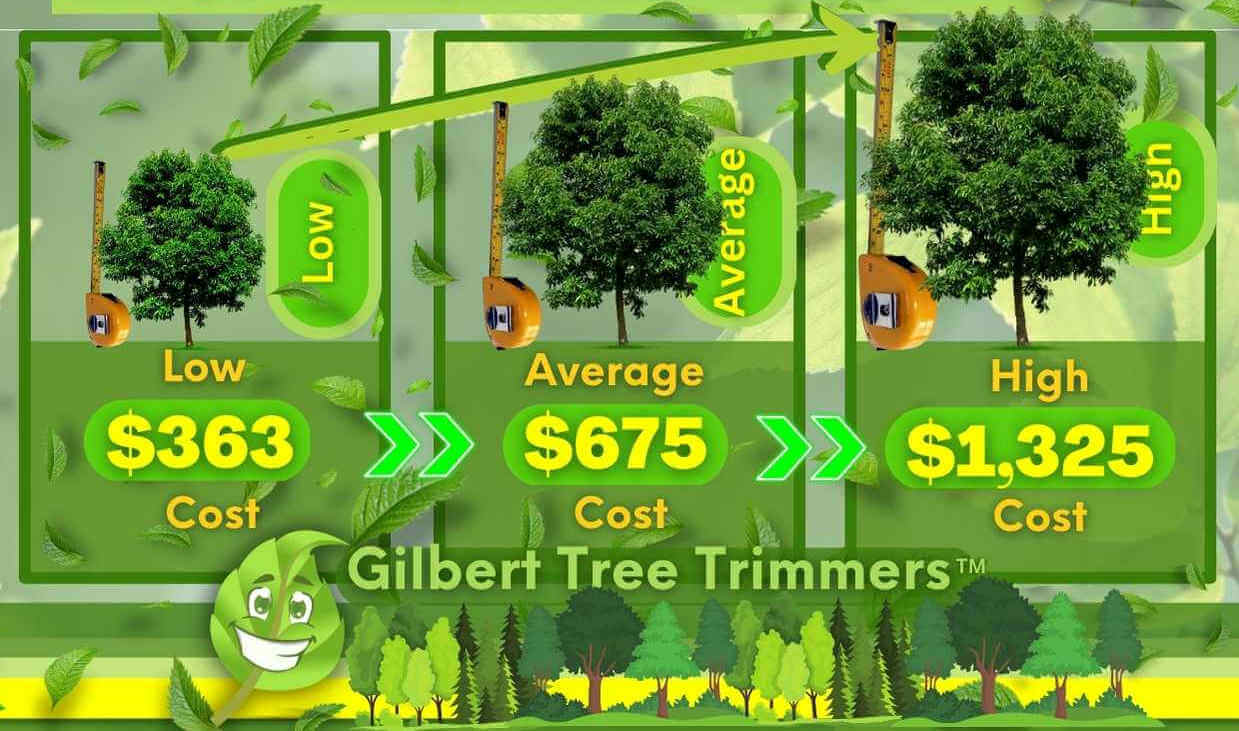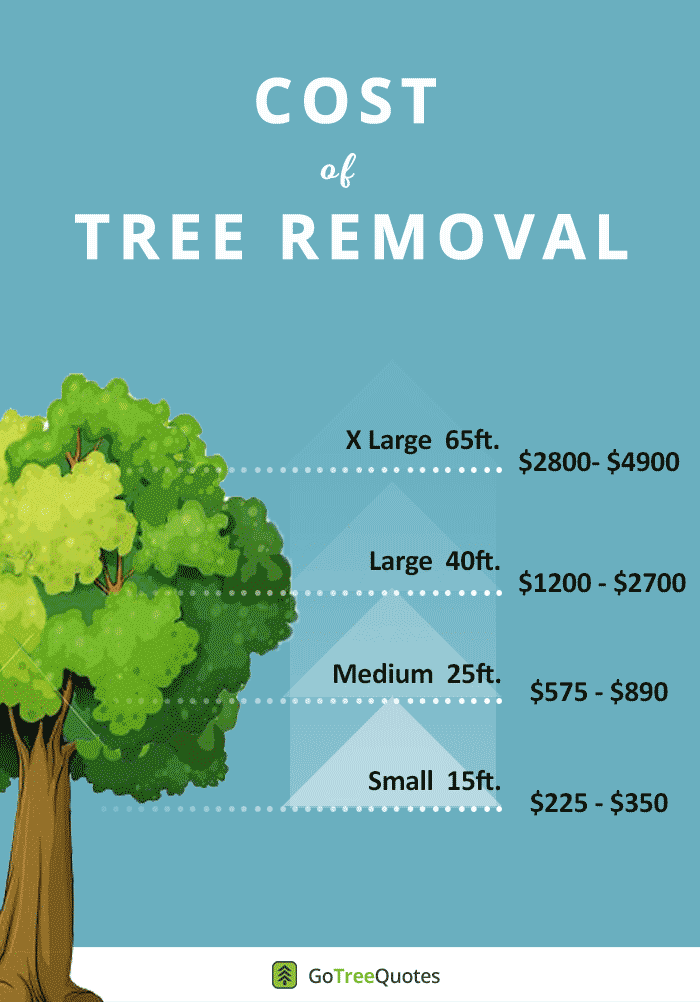Featured
Table of Contents
- – North Wantagh, NY Tree Clearing: Questions To ...
- – North Wantagh, NY Tree Trimming Cost Estimate ...
- – North Wantagh, NY Tree Clearing Quotes: What ...
- – North Wantagh, NY Stump Grinding Pricing Brea...
- – North Wantagh, NY Stump Grinding Relocation C...
- – North Wantagh, NY Stump Removal Repair Prices
- – Next-Day Tree Trimming Service Costs In North...
- – North Wantagh, NY Tree Cutting Quote Charges
- – How To Avoid Overpaying For An Tree Service ...
- – North Wantagh, NY Stump Removal Going Rates
- – North Wantagh, NY Tree Trimming Reviews: Are...
- – Real Tree Trimming Reviews In North Wantagh,...
- – Honest North Wantagh, NY Tree Cutting Testim...
- – North Wantagh, NY Tree Cutting Rate Structure
- – North Wantagh, NY Stump Removal Reviews: Are...

The subsections below provide more comprehensive information about pricing, including a typical range for each. TypeAverage Removal CostPineConiferPalmMagnoliaArborvitaeAshCedarSweet GumEucalyptusSycamoreCypressOakMaplePoplar You can anticipate to pay between to get rid of a pine, depending on its size. Getting rid of a pine is among the more economical jobs unless it is one that has been around for several years and is quite big.
North Wantagh, NY Tree Clearing: Questions To Ask
Pines also have a tap root that grows deep into the soil, which can prove to be harder to eliminate. The process itself includes a professional cutting the tree, clearing the base, cutting the surface area roots, removing the stump, and finally dealing with the soil. Without a professional hand, you risk leaving pine seedlings behind, which will fall from the roots of distressed pines.
North Wantagh, NY Tree Trimming Cost Estimate For Homeowners
The U.S. national average for conifer removal is approximately to have the conifer lowered, carried away, and the stump ground or gotten rid of completely. Conifers are usually simpler to get rid of, and even though they can grow quite tall, they do not cost a fortune to get rid of. Conifers consist of pine, spruce, fir, and juniper trees.
North Wantagh, NY Tree Clearing Quotes: What To Expect
While conifers are stunning, they eliminate native plants and certain types of grass (tree service). The typical rate of palm removal depends on the height as much as the type, varying from.
North Wantagh, NY Stump Grinding Pricing Breakdown
That is why it is necessary to know which type you are eliminating. While you do not require an herbicide to eliminate a palm tree, there are some steps your elimination specialist will have to require to guarantee the job is done properly. There are two methods they can get rid of them: by chopping them down or digging them up.
North Wantagh, NY Stump Grinding Relocation Costs
From there, they remove the real tree and then the stump. Expect to pay in between to remove this type of tree, depending on the exact size and details of the task.
North Wantagh, NY Stump Removal Repair Prices
There are 3 types: green, white, and black ash. With its gray-tinged bark, its leaves are green or purple in the spring and golden yellow or purplish-red in the fall.
Next-Day Tree Trimming Service Costs In North Wantagh, NY

The bark is softer, and it blooms later on in the year - tree clearing. Due to the variation in height, the removal price variance is large from. A coniferous, evergreen tree, the cedar is a sturdy types. Real cedars take pleasure in higher elevations, mainly in the Mountain ranges and the Mediterranean. A real cedar can grow as high as 160 feet in height and is often planted in the United States as a landscape alternative.
North Wantagh, NY Tree Cutting Quote Charges
The growth of false cedars varies from 50 feet up to 230 feet high. With star-shaped leaves and spectacular fall colors, the sweet gum is thought about a medium to large tree.
How To Avoid Overpaying For An Tree Service In North Wantagh, NY
Normally, it costs in between to remove a eucalyptus. Eucalyptus are not typical everywhere, however they are quite large compared to others, which is why even the smaller sized ones are so expensive to eliminate.
North Wantagh, NY Stump Removal Going Rates
There are a handful of methods to do this, consisting of burning, pulling, grinding, or killing them with herbicide. Expect to pay in between to eliminate sycamores, based on the height, trunk size, and quantity of work included. Sycamores are one of the largest wood trees, normally varying from 60 to 100 feet tall and as large as 15 feet.
North Wantagh, NY Tree Trimming Reviews: Are They Worth It
The very first two steps will expose the within the tree and cut off the circulation of nutrients up the trunk. From there, an expert uses herbicide to kill the tree and lower the trunk. Then, they will kill the stump. Otherwise, new sprouts may grow from it. Reducing and removing a full-grown cypress could cost as much as.
Real Tree Trimming Reviews In North Wantagh, NY
There are numerous different types of Cypress trees, however the most prevalent are the Leyland, Arizona, Bald, and Italian. The Bald Cypress grows in swampy or really damp areas while the others take pleasure in a dry, warm, or hot climate (stump removal). They can grow as tall as 80 to 100 feet high
Honest North Wantagh, NY Tree Cutting Testimonials

Prone to illness, the Cypress is one of the most valued woods for furnishings. The typical oak grows to around 60 feet, and depending upon the complexity of the removal, it costs an average of to get rid of. The specific size of your oak and the effort needed to fell it affect what you will in fact pay for elimination along with any extra services like stump grinding.
North Wantagh, NY Tree Cutting Rate Structure
Access to the trees and the roots will likewise affect the total expense. Maples are typically among the more costly trees to get rid of since of their size and the work included in the elimination.
North Wantagh, NY Stump Removal Reviews: Are They Worth It?
Growing as high as 90 to 115 feet, these huge timbers are mainly found in North America and include the aspen, cottonwood, and balsam trees. The process to get rid of trees involves all the cutting and cutting of the branches and trunk, bringing it down to a stump.
Table of Contents
- – North Wantagh, NY Tree Clearing: Questions To ...
- – North Wantagh, NY Tree Trimming Cost Estimate ...
- – North Wantagh, NY Tree Clearing Quotes: What ...
- – North Wantagh, NY Stump Grinding Pricing Brea...
- – North Wantagh, NY Stump Grinding Relocation C...
- – North Wantagh, NY Stump Removal Repair Prices
- – Next-Day Tree Trimming Service Costs In North...
- – North Wantagh, NY Tree Cutting Quote Charges
- – How To Avoid Overpaying For An Tree Service ...
- – North Wantagh, NY Stump Removal Going Rates
- – North Wantagh, NY Tree Trimming Reviews: Are...
- – Real Tree Trimming Reviews In North Wantagh,...
- – Honest North Wantagh, NY Tree Cutting Testim...
- – North Wantagh, NY Tree Cutting Rate Structure
- – North Wantagh, NY Stump Removal Reviews: Are...
Latest Posts
Dumbarton, VA Stump Removal Reviews And Costs
Manassas, VA Arborist Review: Pricing
Stump Grinding Pricing In Archdale, NC
More
Latest Posts
Dumbarton, VA Stump Removal Reviews And Costs
Manassas, VA Arborist Review: Pricing
Stump Grinding Pricing In Archdale, NC